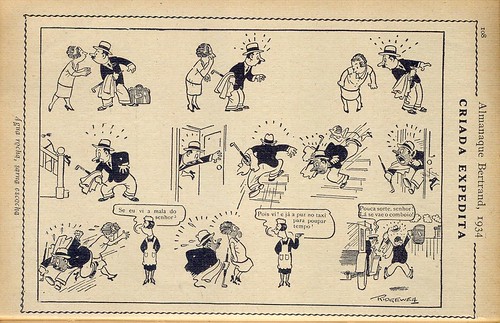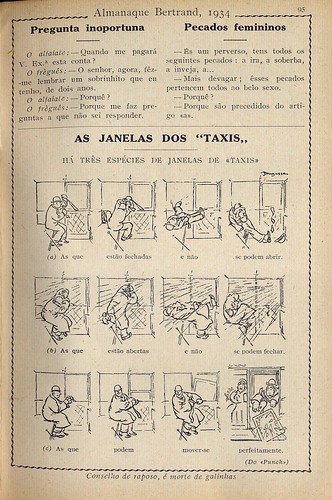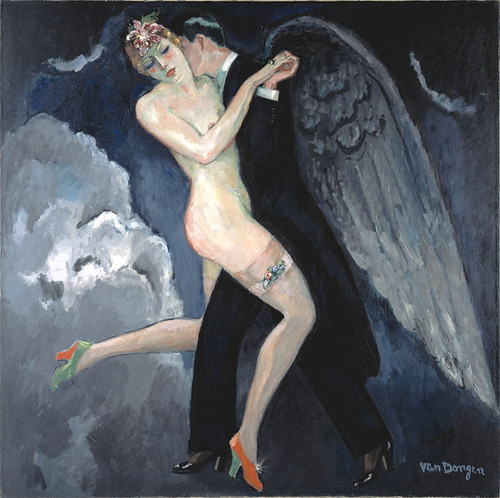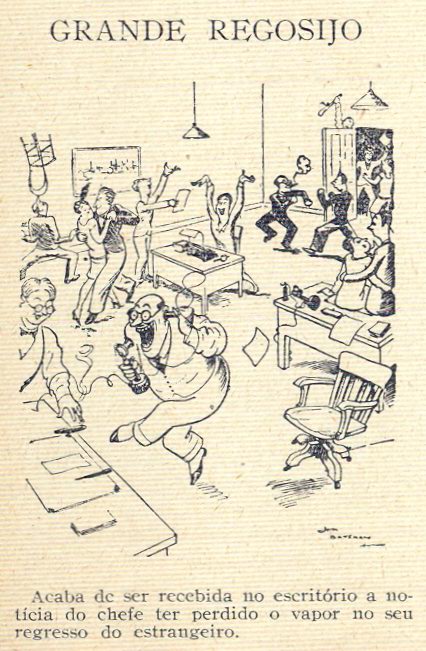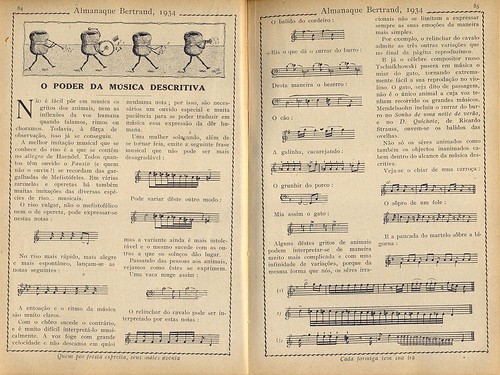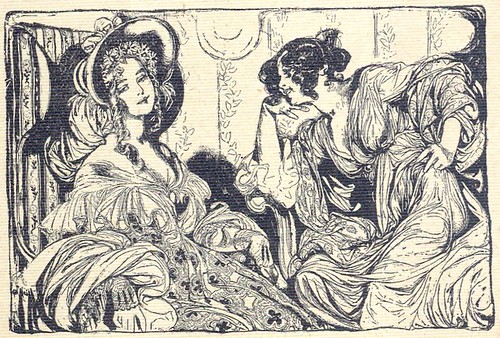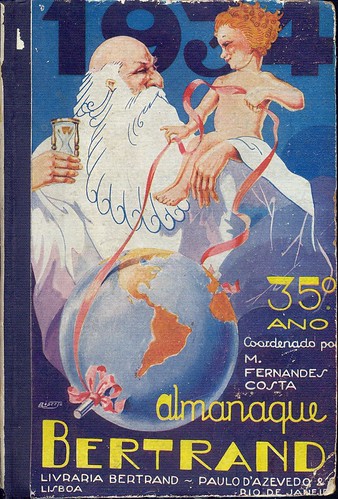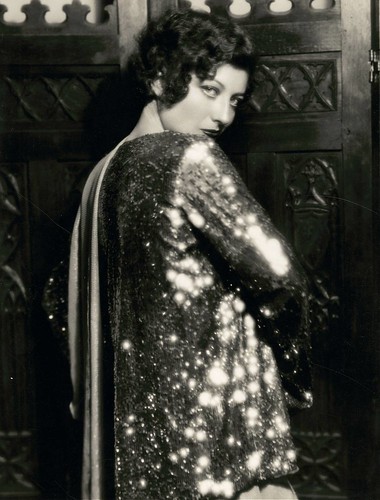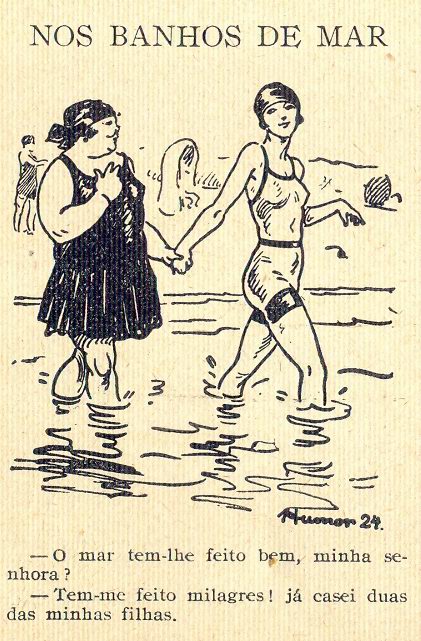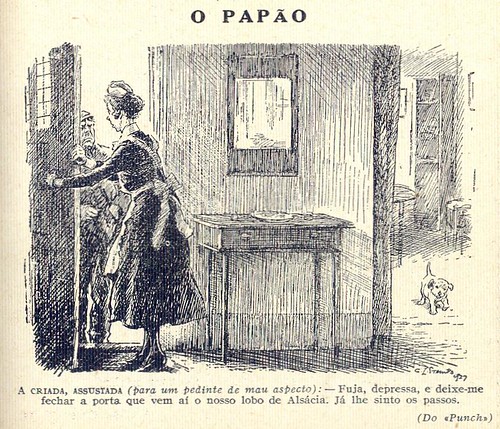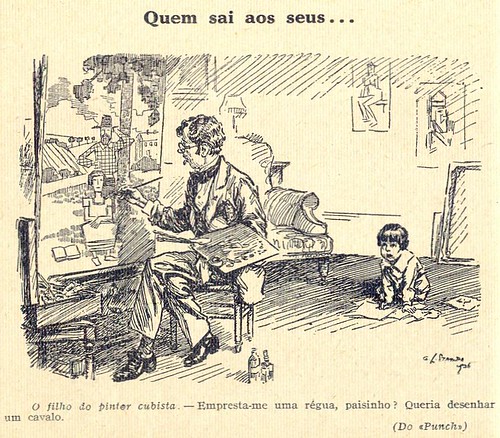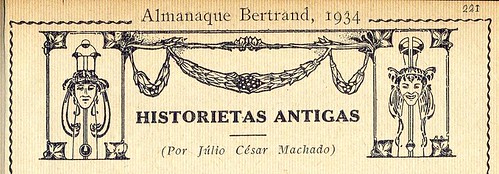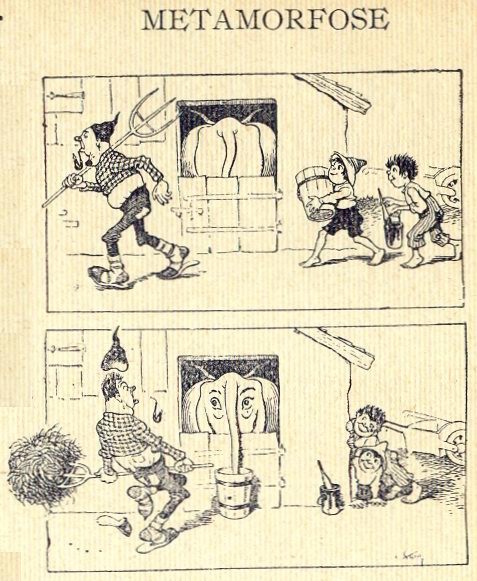
The sculptures I will be chronicling for this entry are the GAMBIT Premium Format Figure, and the SILVER SURFER Comiquette produced by Sideshow Collectibles. These are two recent projects and I worked on them simultaneously. SS's 'Premium Format' line consists of larger, 1/4 scale figures...mostly sculpted, but having some type of mixed media element added...like leather, fabric, etc. In Gambit's case, it was decided to sculpt most of his body, and add a 'real' trench coat. The SURFER, also 1/4 scale, is fully sculpted.
When I am initially contacted to begin a project, either the client will present me with an initial concept sketch, or ask me to draw one. Sometimes we will brainstorm on the phone, but in both of these cases, the client had a specific pose in mind. With Gambit, I was sent some existing artwork for inspiration..... and for Surfer, they sent me some JPEGs of a model ( my art director!) in the pose they wanted. ( FIG. 1) Most producers do not go the extra mile like this. It really makes my job easier. Using the photos of the model, I did a small drawing of the proposed statue from 2 angles. This was used to show to the licensor ( Marvel, in this case) and get a green light before we began sculpting. (FIG. 2)



I love this stage, because I'm not noodling it...I'm not worried about the tiny details yet. I can just sand, grind, slap clay on. I think it is the promise of what is to come that excites me. In other words, I haven't screwed it up yet! : )




In these shots (FIG. 9), you can see the new board. I cut 1/4 inch Masonite and carefully cut strips of thin styrene, gluing them down to the top and bottom.





